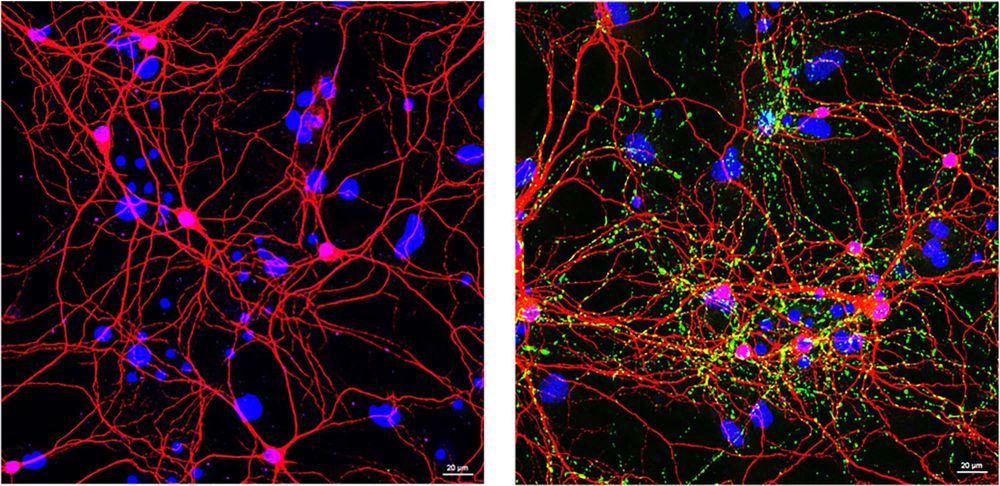Goji berries have long been part of Chinese culture. Legend has it that more than 2,000 years ago a doctor visited a village in China where everyone was more than 100 years old. He discovered that they all drank from a well that was surrounded by goji berries. And the theory was that, as the fruit ripened, it would fall into the well and its vitamin-packed contents would seep into the water. Tales are also told of a 17th-Century herbalist called Li Qing Yuen who ate goji berries every day and was said to have lived until he was 252 years old. If this wasn’t enough to encourage future generations to eat the traditional old fire simmer soups that were garnished with goji berries, Chinese mothers would tell their children that the berries would stop them from needing glasses to get them to finish their bowls.
But times are changing for this simple berry, including how it is consumed. The ancient goji berry, which has long been part of Chinese culture, is now being viewed as a superfood both in China and beyond.
Asia’s younger generations are embracing the goji berry, but giving it their own twist. For example, members of Gen Z are now buying “wellness kettles” for their goji berry tea. Their parents might recognise these as traditional soup kettles that have been repackaged by brands such as Buydeem and turned a more Instagram-worthy shade of pink. A 2019 study by Agility Research & Strategy on Gen Z in China showed that this generation sees living a healthy life as a key priority, even over money, career, personal enjoyment and having a family.








